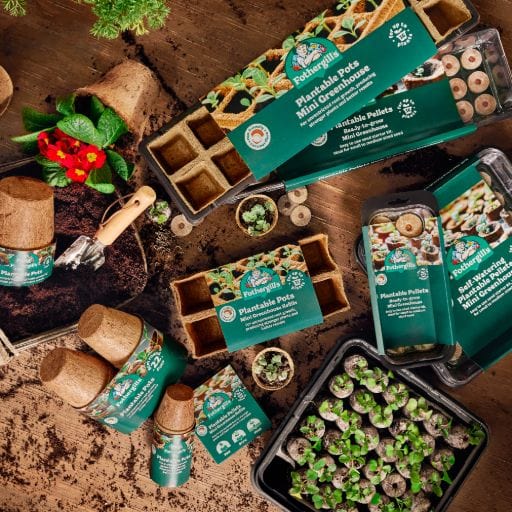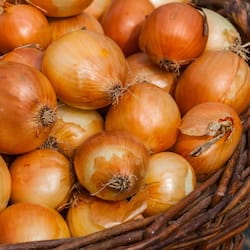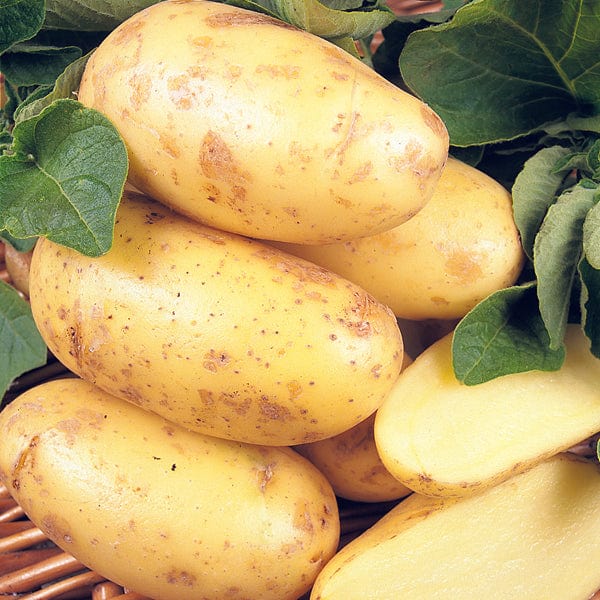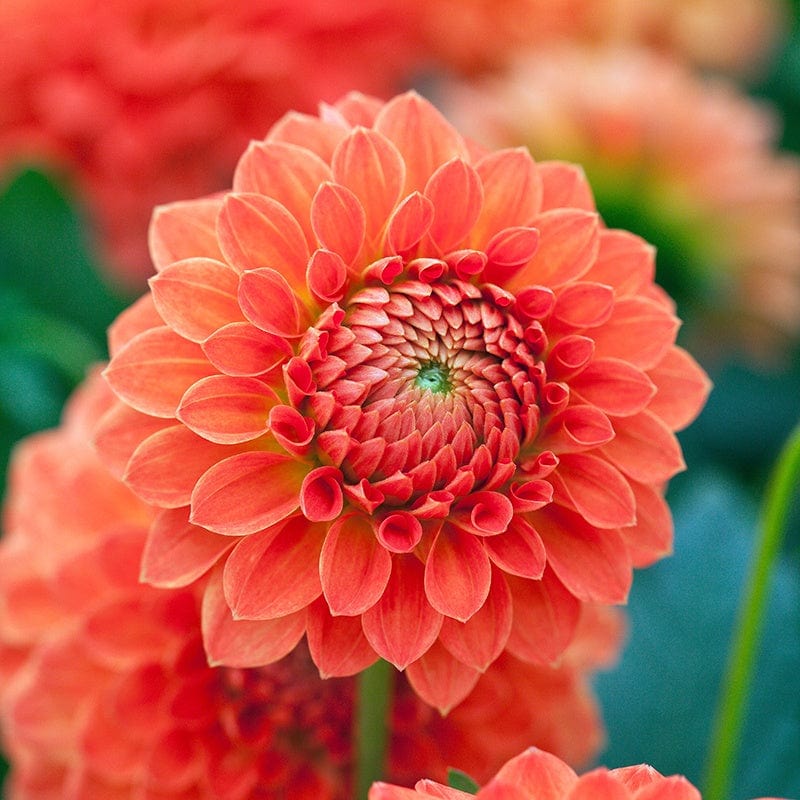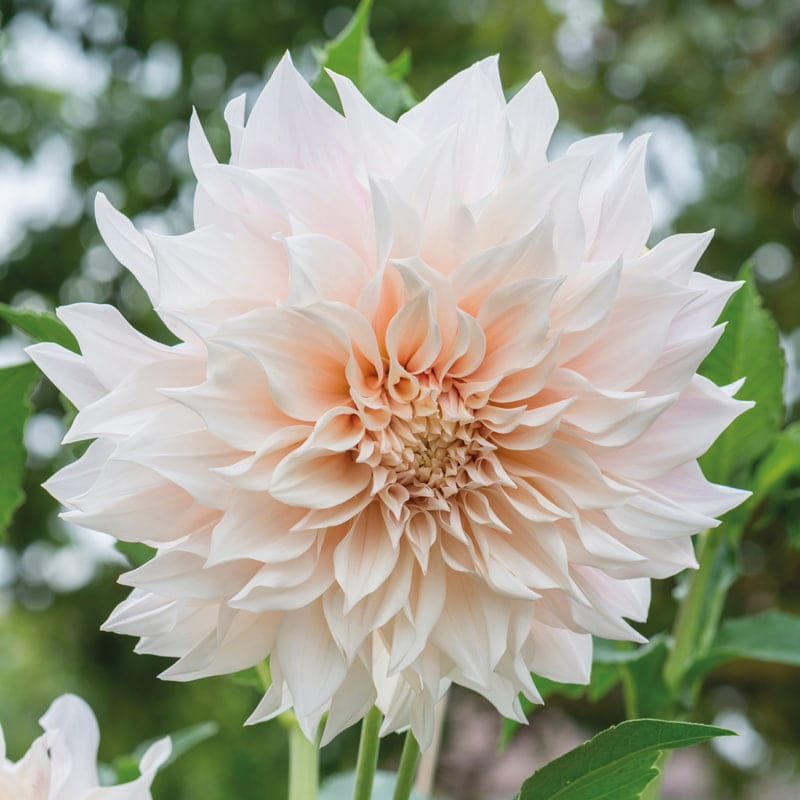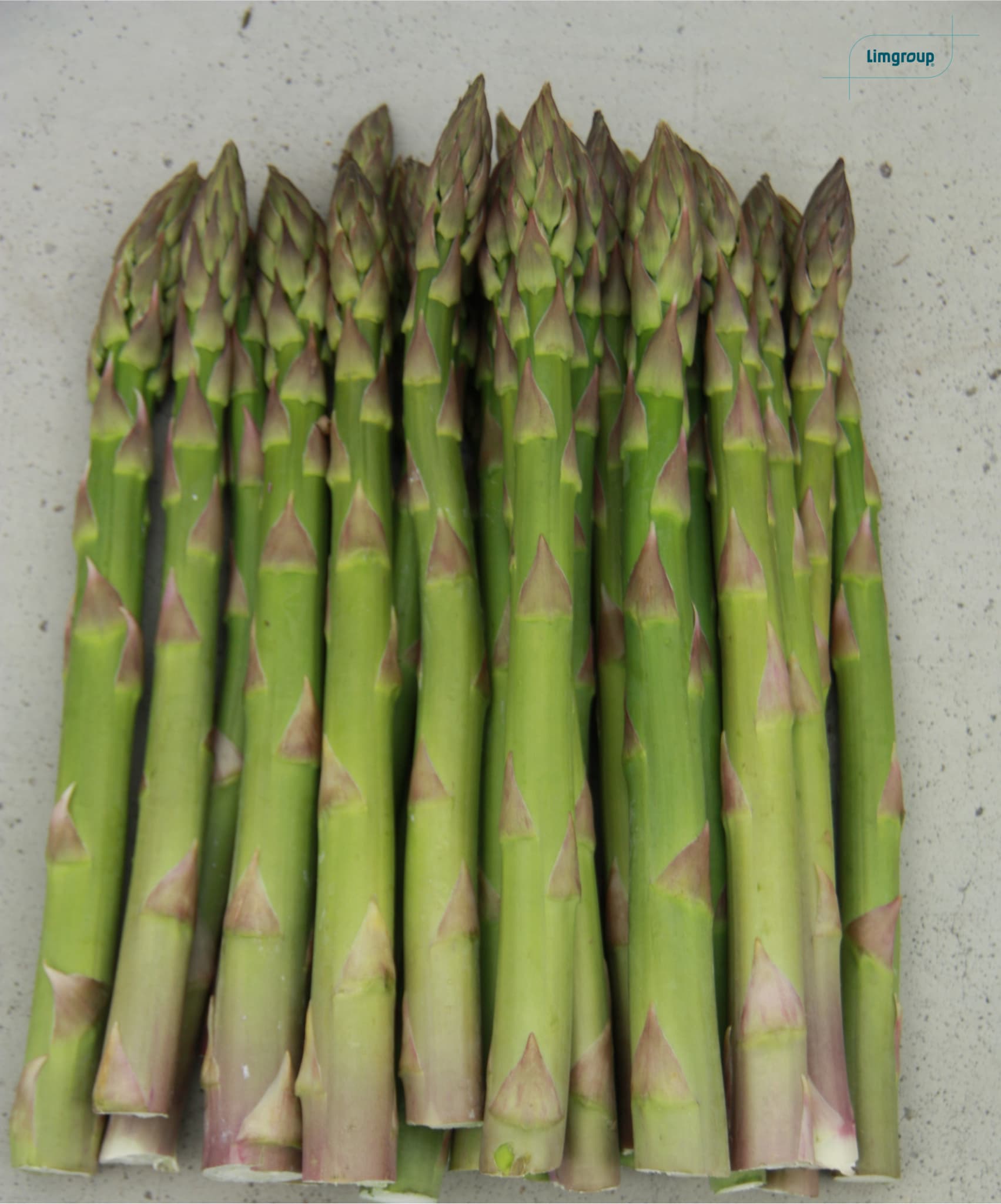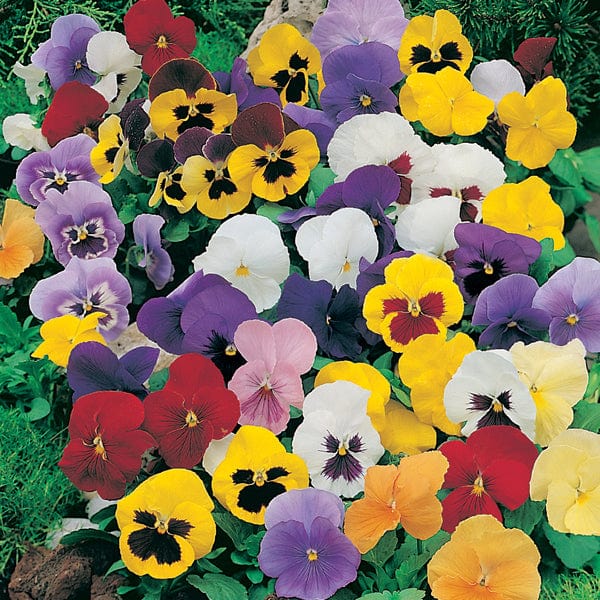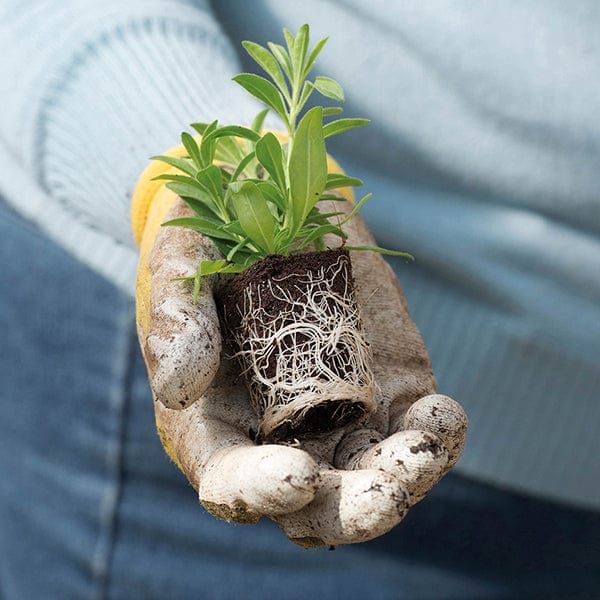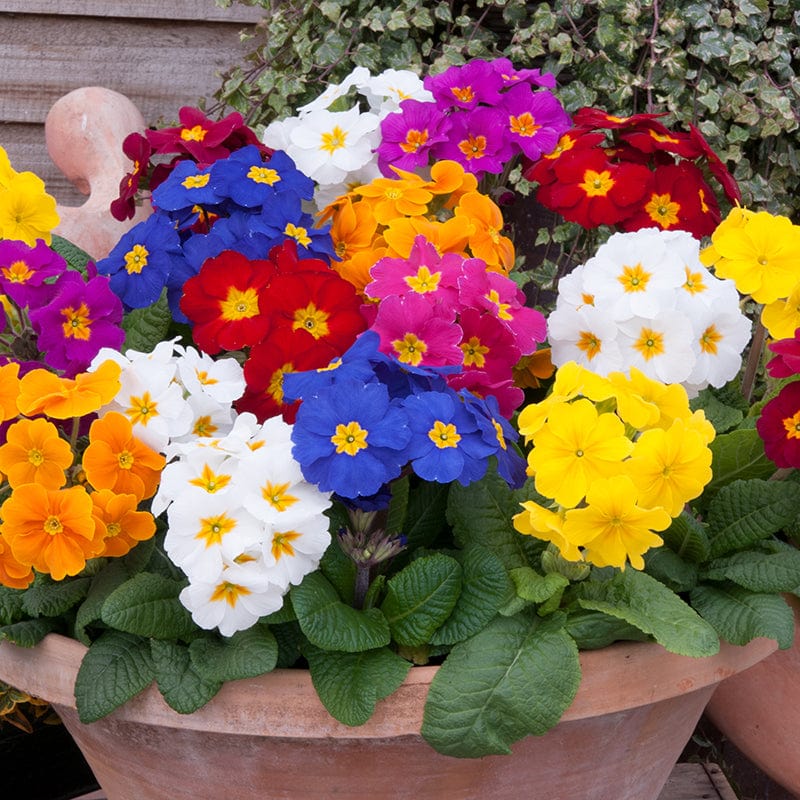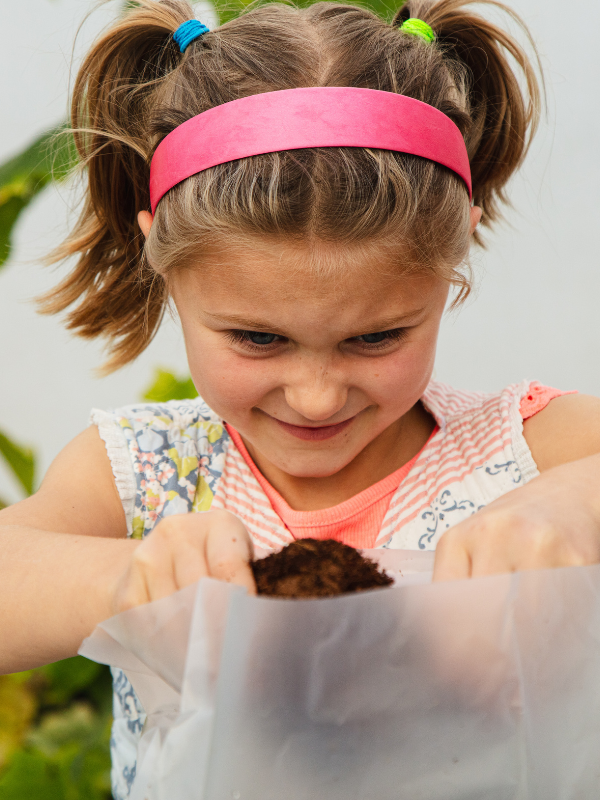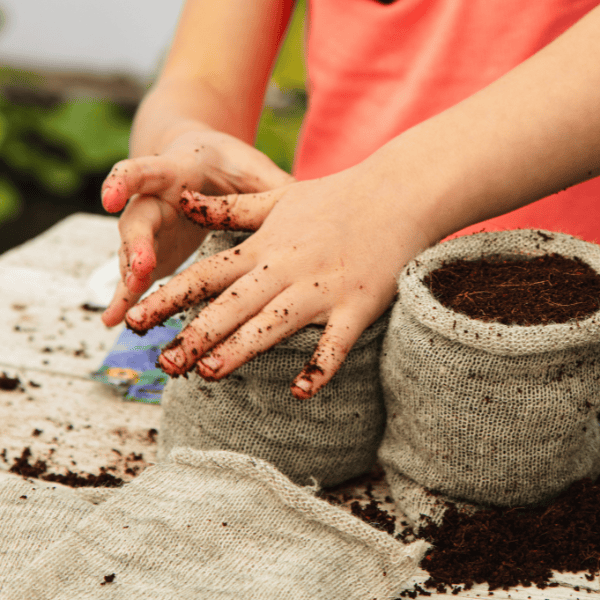Hardy perennials are plants that live for several years and flower annually. They can stand up to harsh winter temperatures and frost without needing protection. As they emerge from dormancy in early spring, March is an ideal time to plant them, giving them a head start on establishing strong roots before the growing season. With the proper care and positioning, these resilient plants will reward you with vibrant blooms year after year.
Why Is March a Good Time to Plant Hardy Perennials?
As long as the soil is not waterlogged or frozen, March is an ideal time to plant hardy perennials in the garden.
Hardy perennial plants are just starting to come out of their winter dormancy, and they will respond well to the opportunity to get into growth for the season ahead.
There is still the chance of a cold snap at this time of year, so it is essential that the plants are hardy varieties.
What flowers to plant in March
One of the hardest-working perennials to plant in March is the ever bright and cheerful, long flowering Rudbeckia fulgida Goldsturm. Once established, these colourful coneflowers will light up sunny, summer borders right through to the first frosts, year after year without fail. Tough and reliable, they will tolerate almost any conditions and, at 60cm tall, will fit into any size border.
Another wonderfully rewarding and long flowering perennial is the less well known Persicaria affinis Darjeeling Red, a low growing, 25cm tall, carpet forming perennial with masses of long pink flower heads which turn a deep red as they mature. This gives an unusual, eye-catching, two-tone display that lasts for months. The attractive, glossy oval leaves are evergreen, adding to its appeal and making it supremely useful as a year-round ground cover plant.
For sheer class, colour and flower power, a modern variety like the Rose Flower Carpet Pink requires little or no maintenance and its compact, spreading habit of up to only 80cm tall makes it perfect for every conceivable garden use, from the front of borders to patio containers.
There are plenty of other hardy perennial varieties to plant in March that are able to withstand harsh temperatures with little to no maintenance. Consider salvia plants, also known as garden sage, gorgeous cornflowers, vibrant dianthus, and an indispensable flower for spring: daffodils.
Related Products
How to Plant Perennials
Choosing the right planting spot
Planting is simple and straightforward, but it’s helpful to consider a few basic principles, such as positioning. Very few plants thrive in full shade; most enjoy at least half a day in full sun. Check the plant labels or online for precise details of your plants' preferred requirements. It may seem obvious, but a crucial thing to check is the plant's height: tall plants for the back of borders, short plants at the front so that they can be seen and enjoyed.
Remember that how tall a plant grows can depend greatly on its growing conditions, so leave a margin of error of 15cm to be safe. There’s nothing worse than having a stunning display of blooms hidden from view. Finally, check their spread, ensure the plant has the appropriate space to let in air and sunlight and allow it to grow without hindrance.
Acclimatising plants
Whether you’ve bought your young plants or raised them from seed yourself, it is likely that they have been carefully nurtured in a protected environment, so even hardy varieties should be properly acclimatised to outdoor conditions before being planted out permanently. This will prevent a check in their growth, which could set them back considerably.
To harden plants off, they can be placed in a cold frame for a couple of weeks, or if that’s not possible, then simply put them outdoors in a sheltered spot for a few hours every day. Bring them back inside as temperatures fall again in the late afternoon. Extend the time they spend outdoors over two weeks or so, and then they will be fully accustomed to outdoor conditions. They can then be planted out without being shocked or stressed by climate change, and they will grow away strongly and give the best possible garden performance.
Planting techniques
Plant out by digging a hole slightly larger than the root ball of the plant and agitating the soil in the bottom to give the roots the best chance to grow unimpeded. It’s good practice to mix in some organic matter in dry soils to help with moisture retention. Then, water the bottom of the hole and place the root ball into it, with the top of the roots just below soil level. Fill the hole in with soil, breaking up any lumps and gently firming the soil around the plant in as you go. Finally, give it a good water to settle the soil around the roots.
Perennials to Plant in March from Fothergill’s
Planting hardy perennials in March is a great way to get your garden off to a good start for the year ahead. By choosing the correct blooms, preparing them properly, and following simple planting techniques, you’ll set them up for healthy growth and vibrant displays season-round.
Explore our selection of hardy perennial plants; whether you’re after classic cottage garden favourites or low-maintenance blooms, Fothergill’s has something to suit every garden!












